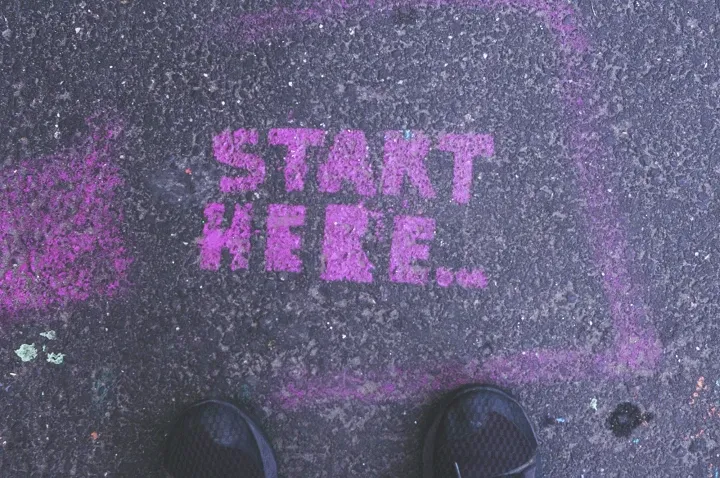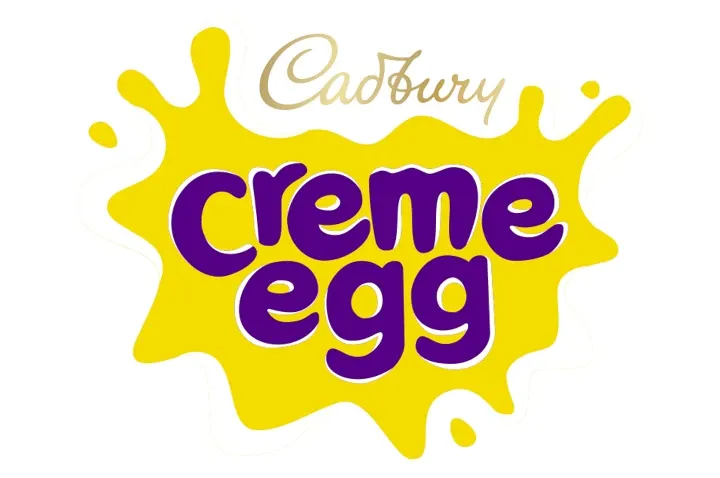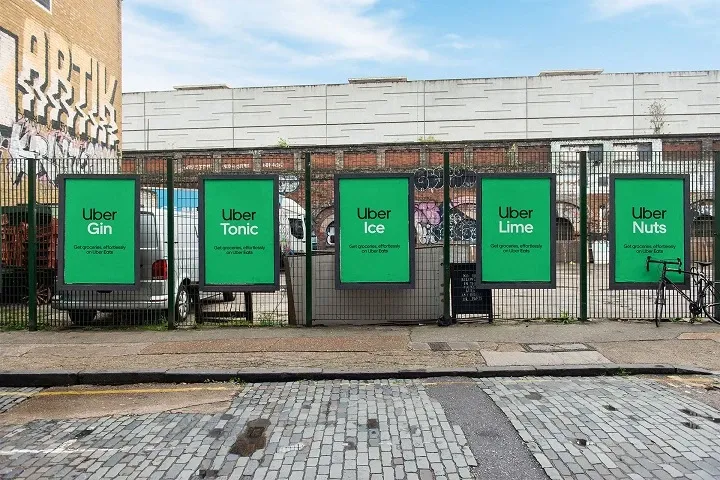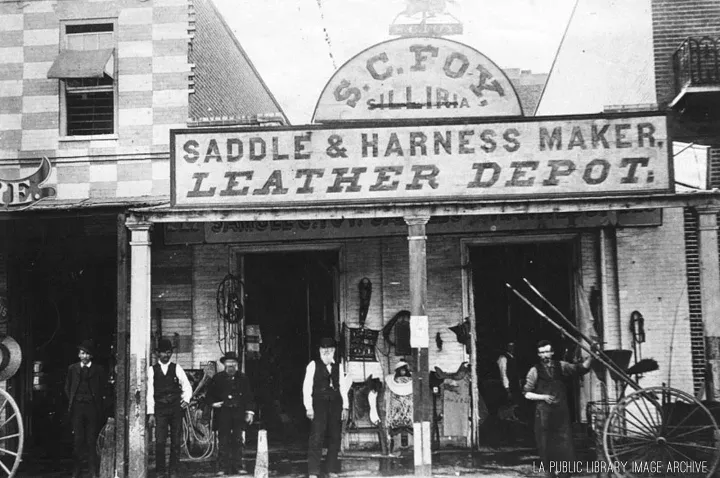Online Ads is Where it Starts
A good online ad is important for capturing attention, but it's equally crucial to have a well-designed website, a streamlined conversion process, excellent customer support, and effective post-conversion strategies to convert leads into customers.

The marketing funnel, also known as the sales funnel, represents the customer journey from initial awareness of a product or service to the eventual conversion or purchase. Here are the different stages of a marketing funnel for an online business:
1. Awareness Stage: At the top of the funnel, the goal is to create awareness and attract the attention of potential customers. Strategies at this stage include content marketing, social media advertising, search engine optimization (SEO), and influencer marketing. The focus is on reaching a broad audience and generating interest in your brand.
While a good online ad is essential in capturing the attention of potential customers, it's crucial to understand that the effectiveness of an ad alone does not guarantee conversions. A well-crafted ad can generate initial interest and drive traffic to your website or landing page, but it's the overall customer experience and subsequent steps that determine whether those visitors actually convert into customers.

2. Interest Stage: Once people are aware of your brand, the next stage is to pique their interest and engage them further. This involves providing valuable and relevant content, such as blog posts, videos, and educational resources. Email marketing, webinars, and social media engagement play a crucial role in nurturing leads and building relationships.
Once a user clicks on your ad, they should be directed to a well-designed and relevant landing page that aligns with the ad's messaging and offers. The landing page should provide the information the user is seeking and have a clear call-to-action (CTA) that guides them towards the next step. If the landing page is confusing, slow to load, or lacks a compelling offer, users may lose interest and abandon the page without converting.
3. Consideration Stage: At this stage, potential customers have shown a deeper interest and are actively considering your product or service. It's important to provide detailed information, customer testimonials, case studies, and comparisons to help them evaluate their options.
If users navigate from the landing page to explore your website further, it's essential to provide a seamless and user-friendly experience. The website should have intuitive navigation, clear product/service information, persuasive copy, and visually appealing design. If users encounter difficulties finding what they're looking for or if the website is slow and cumbersome, they may lose trust and leave without taking any action.
4. Decision Stage: In this stage, potential customers are ready to make a decision and become paying customers. This is where you need to provide clear calls-to-action, special offers, discounts, and incentives to encourage them to take the final step. Streamlined checkout processes, easy payment options, and excellent customer support are crucial to ensure a smooth conversion process.
When users decide to convert, whether it's making a purchase, filling out a form, or signing up for a newsletter, the conversion process should be straightforward and frictionless. Complicated and lengthy checkout forms, unexpected costs, or technical issues can create barriers and lead to cart abandonment or form abandonment. Streamlining the conversion process and minimizing any hurdles can significantly improve conversion rates.
5. Retention and Advocacy Stage: After the purchase, the marketing funnel doesn't end. It's important to focus on retaining customers and turning them into brand advocates. This involves providing exceptional customer service, personalized recommendations, loyalty programs, and encouraging positive reviews and referrals. Providing exceptional customer support is crucial in building trust and ensuring customer satisfaction. Promptly addressing inquiries, providing helpful guidance, and resolving issues promptly can turn a one-time customer into a loyal advocate. Neglecting customer support or providing subpar service can result in negative reviews, poor word-of-mouth, and ultimately, lost conversions. Happy customers however can become valuable assets for word-of-mouth marketing and repeat business.
It's worth noting that the marketing funnel is not always a linear process, as customers can enter and exit at different stages. In summary, while a good online ad is the first step in attracting potential customers, it's the subsequent elements of the customer journey that determine whether those leads convert. Investing in a seamless landing page experience, user-friendly website, optimized conversion process, excellent customer support, and effective post-conversion strategies is essential for maximizing conversions and fostering long-term customer relationships.



